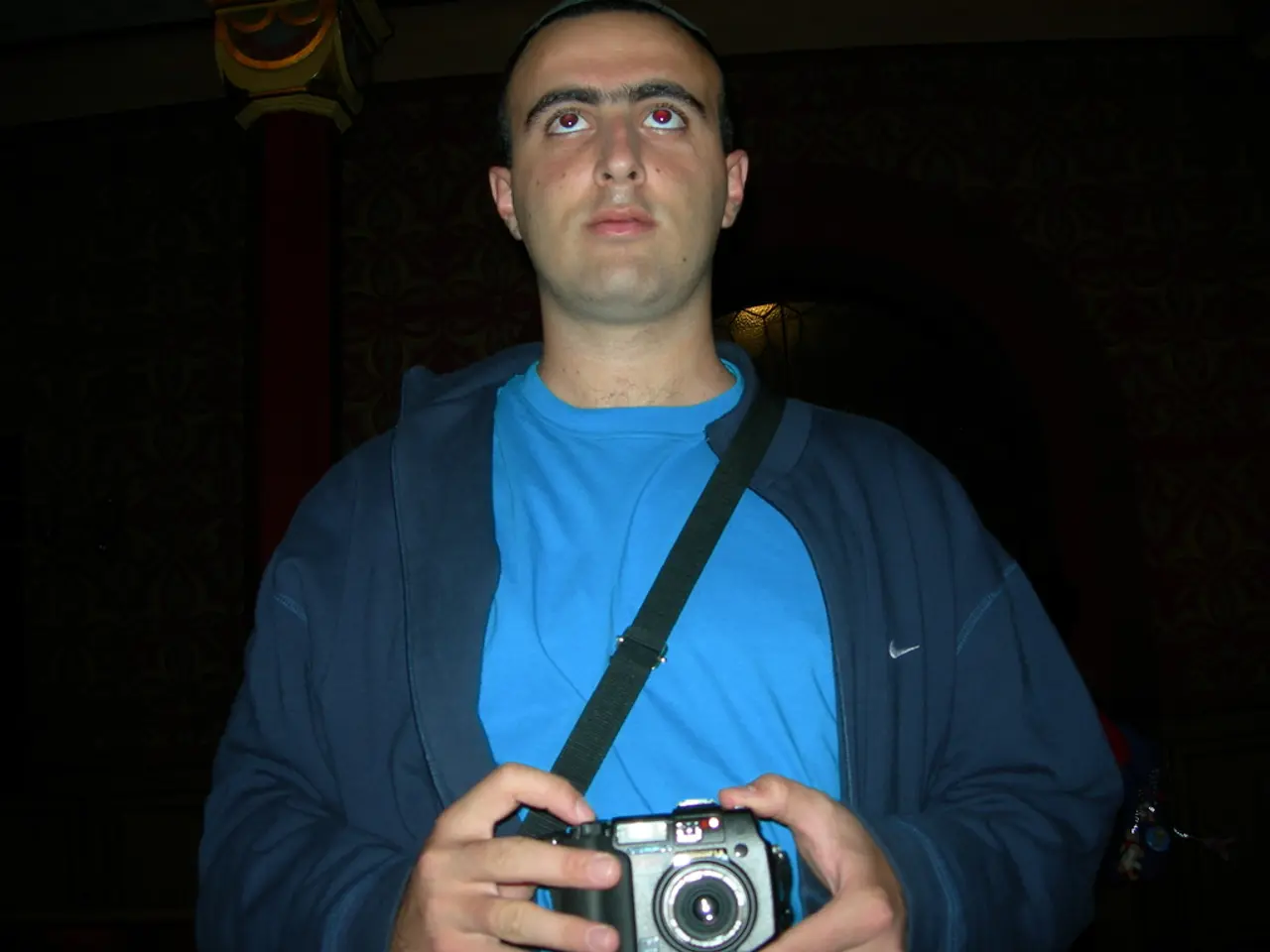Kodak counterattacks: "We're not shutting down operations!"
In the realm of business, Kodak, the iconic photography company, is currently grappling with significant financial hurdles. With approximately $500 million in debt maturing within the next 12 months and no fully committed financing yet secured, the company has issued a "going concern" warning, expressing substantial doubt about its ability to continue operating over the next year without new funding or refinancing[1][2][4].
This uncertain financial outlook is reflected in Kodak's Q2 2025 performance, which saw a net loss of $26 million compared to a $26 million profit in the same period last year. Revenues slightly decreased by 1%, and gross profit fell by 12% due to lower sales volumes and rising manufacturing costs[1][3]. Operational EBITDA also declined from $12 million to $9 million, mirroring these pressures[3].
In a bid to alleviate its debt burden, Kodak has announced several strategic moves. Firstly, the company plans to end the Kodak Retirement Income Plan (KRIP), a pension plan for former U.S. employees, with the expectation of releasing about $500 million in assets by year-end 2025. After fulfilling pension obligations, the remaining funds would be directed towards paying down existing debt[2][4].
Secondly, Kodak has entered into an at-the-market (ATM) equity offering agreement, allowing for up to $100 million in stock sales to bolster liquidity[4]. Lastly, the company expresses confidence in paying off a significant portion of its term loan before maturity and plans to amend, extend, or refinance remaining debt and preferred stock obligations[2][4].
Kodak's Chief Financial Officer has indicated that the company expects to complete the KRIP reversion by December 2025. After these transactions, Kodak anticipates having a stronger balance sheet than it has had in years and will be virtually net debt free[2][4].
Despite the challenging financial climate, Kodak has denied plans to cease operations or go bankrupt. Media reports suggesting otherwise are inaccurate and reflect a misunderstanding of a recent technical disclosure the Company made to the Securities and Exchange Commission (SEC)[1].
The share price of Kodak has been affected by these developments, with a 18% increase at the time of writing, but it had previously nose-dived by 25%[1]. It's important to note that the "going concern disclosure" mentioned in the SEC statement is a technical report required by accounting rules[1].
In summary, Kodak is navigating a precarious financial position with near-term debt pressures and operational losses. However, the company is pursuing pension asset reversion, equity offerings, and refinancing efforts as its main strategies to manage and repay debt and remain solvent[1][2][4].
In the ongoing business endeavor, Kodak, the renowned photography company, is exploring technology-driven solutions to address its financial woes, seeing the potential of innovative approaches to alleviate its debt burdens and bolster profits. To enhance liquidity, Kodak is also diversifying its revenue streams, with plans to utilise technology for future business opportunities.
To strengthen its financial standing in the competitive market, Kodak is not only relying on traditional finance methods such as debt restructuring and pension asset reversion, but also exploring technologies like blockchain and AI for potential operational efficiencies, aiming to create a sustainable and resilient business model.



